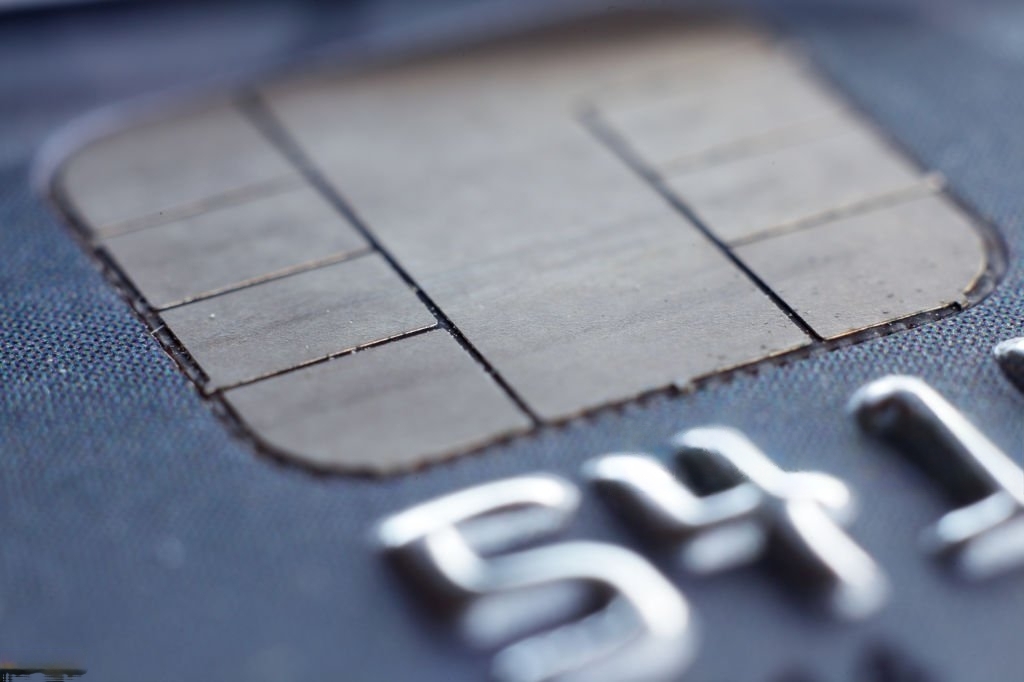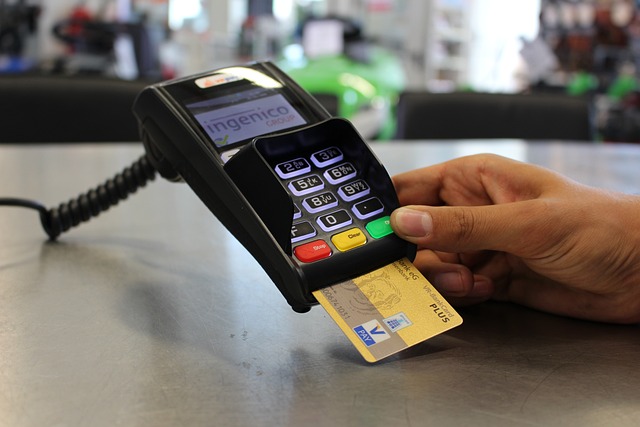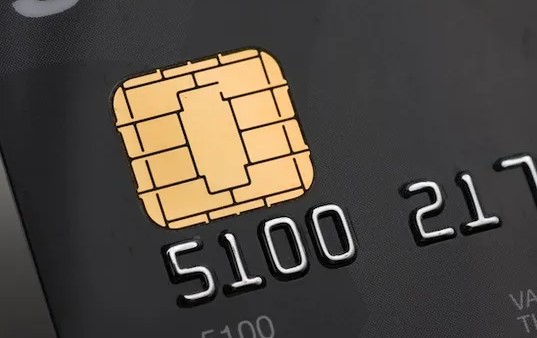If you’re talking about the internet, online transactions, and electronic payments, unfortunately, you don’t have to wait for winter for it to be “bug” season – there are always plenty of “viruses” and contagions to command your interest!
MasterCard’s Tips On Protecting Yourself During “Bug” Season — Pt. I
















